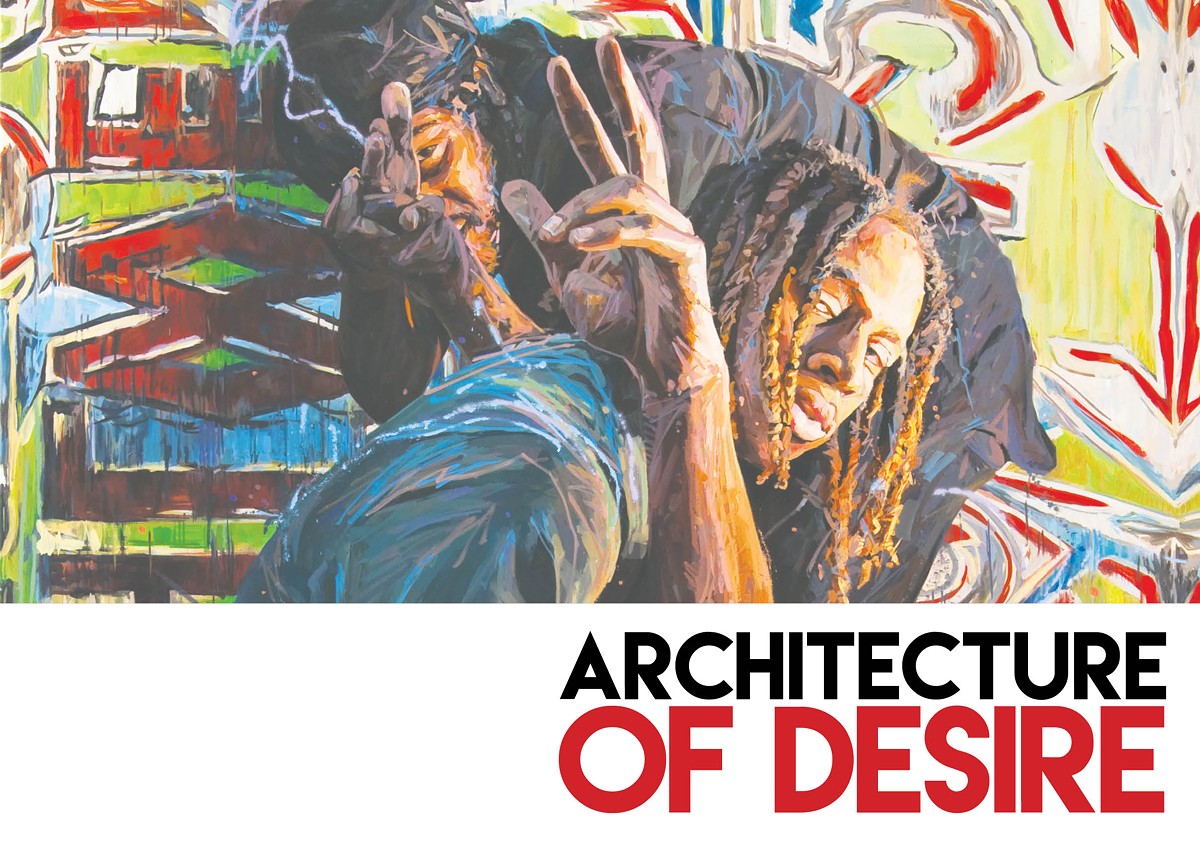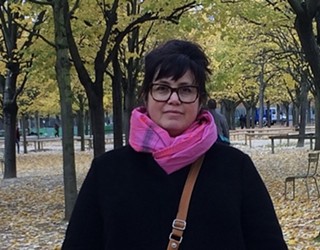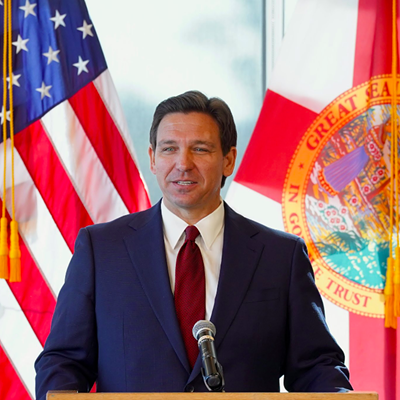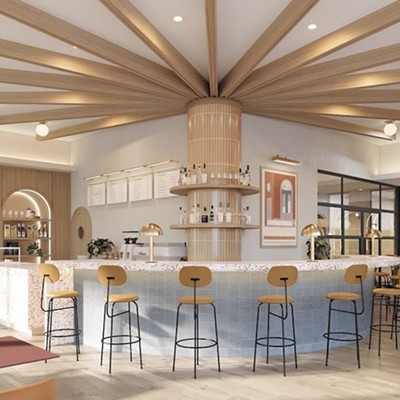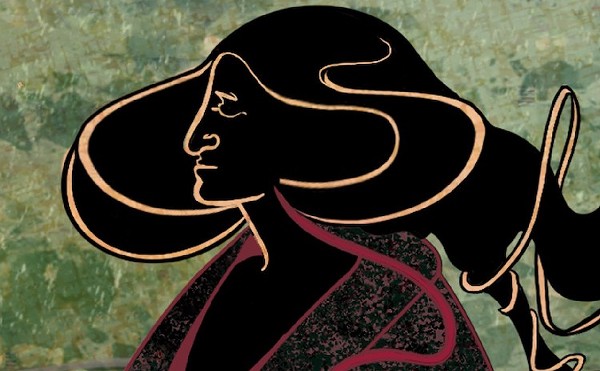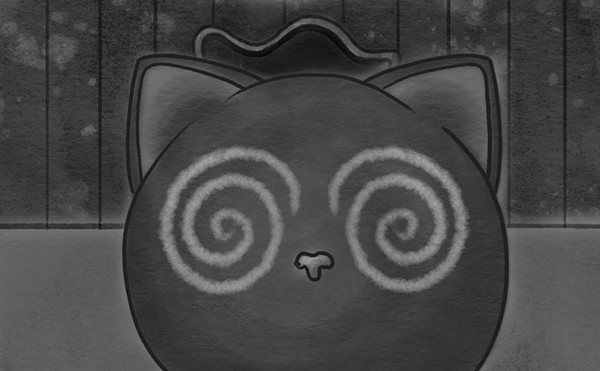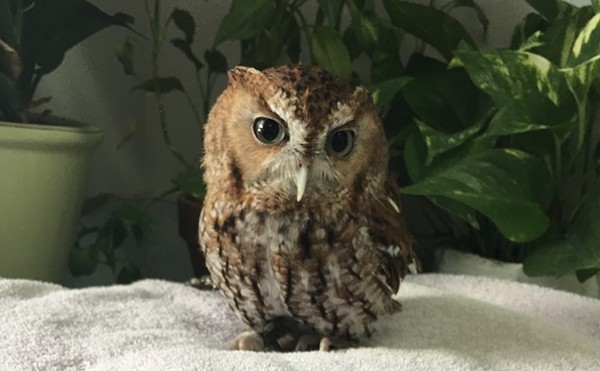For the third year running, the Orlando Museum of Art hosts the Florida Prize in Contemporary Art competition, which is gaining traction statewide as the place to see the state's most up-and-coming artists. The annual invitational has grown into an exhibition of all that Florida contains, while shunning regionalism; it ain't all sunshine and palm trees in the country's third most populous state. Noelle Mason takes the 2016 prize, which was awarded before her meditations on our culture of violence became horribly timely. Other artists in the show reflect on the roles of technology, philosophy and human geography, pain and desire in our lives.
The OMA class of 2016: Anthea Behm, Gainesville; Adler Guerrier, Miami; María Martínez-Cañas, Miami; Noelle Mason, Tampa; Ernesto Oroza, Aventura; Matt Roberts, Deland; Dawn Roe, Winter Park; Kyle Trowbridge, Coral Gables; Michael Vasquez, Miami; and Sergio Vega, Gainesville.
RTR: The show this year is strong. I had to see it twice to grasp the work in its entirety, and although it takes the same space as always, its emotional range makes the space feel bigger. There are highs, lows and some contemplative areas that bear fruit upon longer meditation.
JBY: I have to admit that this year nothing moved me quite as much as in previous years – no happy art crushes on the level of Jillian Mayer's videos in 2014, or Alex Trimino's knitted neon totems, Antonia Wright's performances and Mike Covello's exuberant works on paper last year. Of course, Mason's work had unintentionally appropriate timing, but we covered that last week.
More than in any other year there is an underpinning of want to this group. From Oroza's "architecture of necessity" to Vasquez's portraits, Roe's real forest to Roberts' digital word forests, Guerrier's obsessive mapping to Mason's and Vega's overt longing for a culture without violence and oppression (different cultures, same desire) it seemed to me everyone was experiencing the pull of need.
RTR: Yes – last year, the work occasionally alluded to architecture. This year, the human condition is front and center. Vega starts it off with "The Lost Steps (After Steichen, Oiticica, Derrida)" (shown at right) and shows clips from a film he made, called "Paradise: Rewired." In "The Lost Steps," the sunny, hopeful Brasil of the 1950s gives way to grinding poverty, trash-strewn shacks and a rainforest decimated by haphazard agriculture. The hopelessness isn't apparent at first, but sinks in as you wander between the floating panels and banners of the installation.

